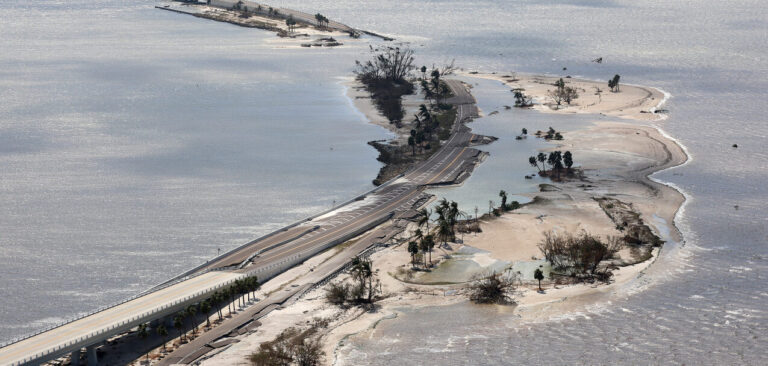NOAA has upgraded its Probabilistic Storm Surge (P-Surge) model – the primary model for predicting storm surge associated with high-impact weather like hurricanes and tropical storms – to version 3.0.
This upgrade advances storm surge modeling and forecasting for the contiguous US (CONUS), Puerto Rico and the US Virgin Islands, and comes in time for the 2023 hurricane season beginning on June 1 and running through November 30.
The upgrade includes a number of new capabilities that will help forecasters better understand the risk of storm surge, such as new forecasts for surge, tide and waves for Puerto Rico and the US Virgin Islands. The upgrade also includes the ability to run the model simultaneously for two storms. This capability can help during two landfalling storms impacting the CONUS, or one storm impacting the CONUS and one impacting Puerto Rico and/or the US Virgin Islands. Finally, the system improves model calculations of friction over different types of land surfaces, which helps more accurately compute the extent of water inundation along the coast.
“We are seeing a sharp increase in catastrophic storm surge impacts in our coastal communities,” said Ken Graham, director of NOAA’s national weather service. “Our new capabilities to effectively and accurately model and forecast storm surge is critical to upholding the NWS mission of protection of life and property.”
Storm surge is the abnormal rise of water generated by a storm, over and above the predicted astronomical tide. This rise in water can cause extreme flooding in coastal areas. According to NOAA, storm surge can devastate coastal communities. The first version of the P-Surge model, released in 2008 by NOAA’s meteorological development laboratory, was galvanized by the significant impacts of storm surge on communities along the Outer Banks of North Carolina and southeast Virginia following Hurricane Isabel in 2003.
P-Surge brings a probabilistic approach to the modeling of storm surge by generating a range and likelihood of possible storm surge values. It is run in advance of hurricanes and tropical storms that may impact the Atlantic and Gulf coasts, and now Puerto Rico and the US Virgin Islands. The model uses official wind forecasts from NOAA’s National Hurricane Center (NHC) as well as NHC’s historic five-year average errors in track, size and intensity of storms to create a collection of roughly 500 to 1,000 representative wind and pressure inputs. Those inputs are fed into NOAA’s Sea, Lake and Overland Surges from Hurricanes (SLOSH) model, which computes water levels and inundation due to storm surge and tide. P-Surge combines the resulting water level outputs from SLOSH with the likelihood of the representative inputs from NHC data to create probabilistic products. This approach provides a range of possible outcomes based on the percent chance of each and enables NWS forecasters to communicate worst-case scenarios to core partners and the general public.



